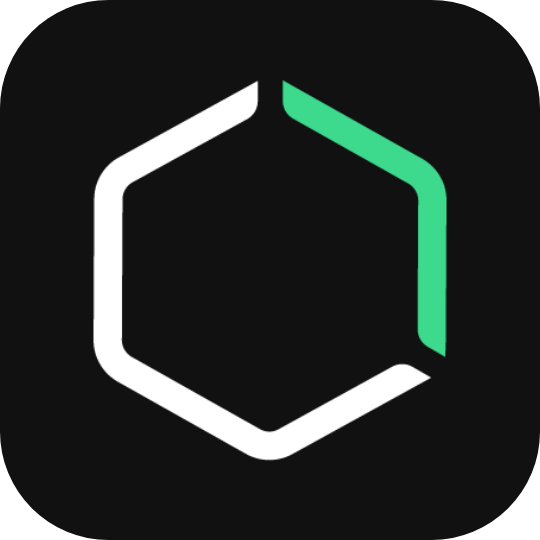In this edition of our Expert Series, we invited Sara Farkas, Chief People Officer at Ivy Exec, to tell us about her path to becoming a compassionate People Leader. As CPO, Sara is responsible for driving company vision as it relates to culture, values, retention, organization, infrastructure, and strategic growth. She also leads initiatives around Diversity and Inclusion and Women in Business.
Your path to becoming Chief People Officer has been incredibly interesting. Tell us, how did you arrive at Ivy Exec?
During my university years, I double-majored in Criminal Justice and Psychology at the University at Albany. My original plan was to specialize in counter-terrorism, but post-9/11 life took me in a different direction, and I ended up working in the Wealth Management sector. I focused on advising clients on everything from market intelligence, to executive recruitment, to inorganic & organic growth strategies, including mergers and acquisitions.
I worked in the industry for just over a decade, which was an incredible learning experience and starting point in my career. However, as I hit my mid-thirties, I decided to take some time out to have a child, and reassess my next move. While I was pregnant, I worked with a few clients on one-off projects. The work happily snowballed, and two years later, I had a one-year-old and a small advisory company.
It was around that time that I happened to meet the co-founders of Ivy Exec. They were building out the B2B side of the business, and I believed in their overall business philosophy. I was excited about the direction they were hoping to build the company.
While I relished the experience of running my own firm, it wasn’t the direction I intended to take my career – so I enthusiastically jumped on board with Ivy Exec. I initially started as Director of Strategic Development, which eventually led to my current role as Chief People Officer.
In your opinion, what were the moments in your career that inspired you to become the People leader that you are today?
Two key moments spring to mind; the first was the 2008 economic crisis. I saw the harsh side of what happens to people during a crisis when institutions are downsizing, merging, and collapsing. I witnessed up close; thousands of people lose much more than their jobs.
I realized that, once we came out of the crisis and recovered, I wanted to focus my career on helping people in building their careers. I wanted to help small businesses grow.
The second most pivotal moment was my personal experience. My brother was away on deployment, and my sister-in-law was having surgery; I wanted to take some time off for two weeks to help them and needed to take care of their children for two weeks. When I approached my boss for the time off, he gave me an ultimatum and told me to choose between my family and my career; I chose my family.
Being given this ultimatum made me realize that I was determined to be a different kind of leader than the bosses I’d had in my past.
What were your biggest leadership life lessons that you learned in your current position?
My most important lesson was learning how to let go of any underperforming employees. This means embracing the idea that when the team and the company grow, you need to be honest when an employee is no longer the right fit – as a leader, you have put the entire team, and business ahead of that one person. For me, this has always been incredibly difficult on a human level. I feel very responsible for every person in the company.
As leaders, we have decided that if an employee is not a good fit, we will have an honest and transparent conversation with the employee and explain how we can support them while they look for new opportunities. We even support them throughout their interview process so that they can use us as a reference.
What role does data play in your everyday tasks and responsibilities? How do you use this data?
Data is critical; it helps to drive our decisions. In everything from revenue forecasting to hiring, data plays an immense role.
When looking at a business unit, our top data point that we initially look at is “performance.” Then we break that down to teams and individuals. We share this data with our team leaders and individual performers. We feel data is essential for setting expectations, providing an employee or team with a clear goal to work towards, and also to show where they fit into the overall growth of the company. Through data, we can show teams how much they truly can positively impact the business. That said, it’s also essential that we check the mood of the team as well: Do they feel like they have a voice? Do they feel like we communicate enough? Are there clear expectations?
A team can be performing well but, under the surface, issues can bubble up. For us, it’s important to evaluate more than just performance metrics. Communication is vital to ensuring teams feel like they’re contributing to the growth of the company. These two elements help to create a feeling of worth and purpose within the teams.
Regarding the People Analytics space, what do you think is the most exciting, and what are the things that scare you?
In general, the idea of being able to look at your employees and teams, and their performance from a data perspective — and not just performance but management, leadership, communication, and expectations — excites me. Every time I can use these metrics to back up my theories, I’m excited.
What’s worrying is that you can never replace the human factor. Just like with anything, there are extremes. It can be harder, in a larger or growing company, to connect with your employees. There are some risks inherent to data exacerbating this condition. So for me, it’s crucial to find and maintain a balance between the human element and data/people analytics.
During your career, what are the initiatives that you took to improve the wellbeing of your team?
The most significant initiative was when I was still Director of Strategic Development in Ivy Exec, and we experienced growing pains in 2017. The changes impacted our employees’ morale and culture.
To help open the communication channels, we created internal company committees. There were committees for professional development, operations committee, culture, and community service. These committees serve to give a voice to our employees on areas broader than their immediate scope of responsibilities.
From this initiative, the professional development committee ultimately led to my role as CPO. Once we had someone dedicated to looking internally on the company while we continued to grow, we had a total company transformation.
Who are the people that inspire you in the field of People Ops? Who are you currently reading or listening to in this field?
In terms of big names, I would say, Ray Dalio, of Bridgewater Associates. He wrote the book “Principles.” I respect how he walks the reader through the trials and tribulations of growing his business. I enjoyed his perspectives and insights when it comes to both the people management and strategic business growth and the learning curves that come along with both.
Where I get most of my inspiration, however, is from most of my peers. My clients are usually CEOs, partners, and co-founders of emerging boutique firms. While from a client perspective, it falls on us to advise them on continued growth, we learn a lot by listening to them. For example, Raegan Moya-Jones, was in the same EY Winning Women class as our CEO Elena Bajic. Raegan wrote a book, “What It Takes,” which tells her journey of building a business while raising her children and working full-time. I’m inspired by women entrepreneurs who build businesses while raising babies. I know first hand how difficult it can be, and on my difficult days, I take inspiration from those who have walked the path before me.
Sara – thank you for sharing your thoughts with us!
—
Thanks for checking out our Expert Series! We publish new interviews regularly with leaders from fast-growing startups, Fortune 500 companies, and everything in-between. To stay in the loop and meet the experts, join our Teams at Work Community here.





